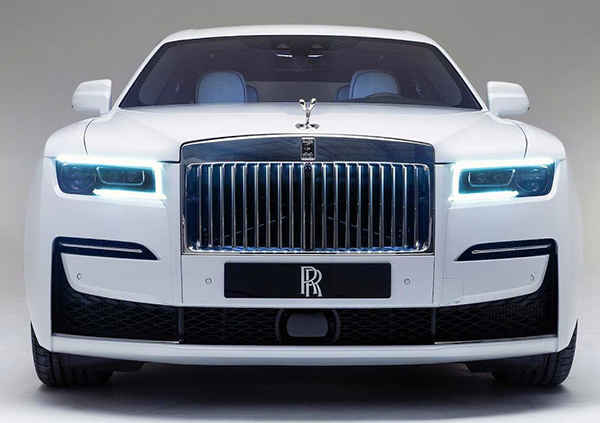Why are most luxury cars white, silver or black?
Luxury cars are often seen in shades of black, white, or silver, and this isn’t just a coincidence. Several factors, ranging from aesthetic appeal to practical benefits, influence this trend.
Let’s explore the reasons why these colors dominate the luxury car market.

Timeless Elegance and Sophistication
Black, white, and silver have long been associated with timeless elegance and sophistication, which is why luxury car manufacturers frequently choose these colors for their vehicles. These shades are considered classic and versatile, matching the refined image that brands like BMW, Mercedes-Benz, and Audi aim to project.
Example: Rolls-Royce often showcases its vehicles in white to emphasize their opulence and traditional craftsmanship, appealing to customers who value a classic and understated aesthetic.
Perception of Prestige and Status
In many cultures, including in the United States, white, silver, and black are seen as symbols of prestige and status. These colors are often associated with wealth, success, and authority. For luxury car owners, choosing a vehicle in one of these colors can reflect their social standing and personal success.
Example: A black luxury sedan is often perceived as the car of choice for CEOs and executives due to its strong association with power, professionalism, and authority.
Temperature Regulation and Comfort
White and silver are popular choices, particularly in warmer climates, because they reflect more sunlight than darker colors, reducing the amount of heat that builds up inside the car. This makes the interior more comfortable, especially during hot summer months, which is a practical consideration for luxury car buyers in states like California, Texas, and Florida.
Example: In hot regions, luxury cars in white or silver are more prevalent as they stay cooler, providing a more pleasant driving experience without the need for excessive air conditioning.
Maintenance and Resale Value
Another significant factor is the ease of maintenance associated with these colors. White, silver, and black cars tend to show dirt, scratches, and minor dents less prominently than brighter or more vivid colors. This ease of maintenance can also translate into better resale value since cars that look well-maintained and have fewer visible imperfections are more appealing to buyers.
Example: Dealerships favor white, silver, and black cars in their used luxury inventory due to their higher demand and resale value, as these colors appeal to a broader audience.
Market Demand and Versatility
Luxury car manufacturers also respond to market trends and consumer preferences. Over the years, surveys and studies have consistently shown that white, silver, and black are among the most popular colors for vehicles, especially in the luxury segment. This demand drives manufacturers to produce more cars in these shades to meet customer expectations.
Example: Automakers like Tesla, which positions itself as a luxury electric car brand, often offer a limited palette of colors dominated by these three shades to streamline production and cater to consumer preferences.
Interesting Information and Facts


- Historical Influence:
Black was one of the first colors widely available for automobiles and was initially associated with the early luxury vehicles. The simplicity and availability of black paint made it a practical choice during the early 20th century.
- Popularity Shifts:
While black has always been a classic choice, white and silver have gained significant popularity in recent decades, especially in the luxury car market. These colors now often surpass black in sales due to their modern appeal and practical benefits.
- Cultural Preferences:
Different regions have varying preferences. In Asia, for example, white is often chosen for its symbolism of purity, modernity, and prosperity, making it a popular color for luxury cars.
Recent News in the Luxury Car Color Trend

- 2024 Trends:
In recent years, there has been a slight shift toward more vibrant colors in the luxury segment, particularly with younger buyers who seek individuality and self-expression. However, white, silver, and black remain the top choices due to their broad appeal and perceived value.
- Sustainability Considerations:
Some luxury car manufacturers are experimenting with new, sustainable paint technologies that could influence color choices in the future. For instance, brands like BMW and Lexus are developing eco-friendly paint options that reduce environmental impact, but these are still predominantly offered in the traditional luxury colors.
- Electric Vehicle Impact:
With the rise of electric vehicles (EVs) in the luxury segment, there has been a renewed interest in futuristic colors like matte silver and pearl white, which align with the high-tech image of EVs. Tesla, for example, has maintained a focus on white and black for its premium models while occasionally offering limited-edition colors.
These factors highlight why white, silver, and black remain the most popular color choices for luxury cars. They offer a combination of elegance, practicality, and market appeal that aligns well with the values and expectations of luxury car buyers.












